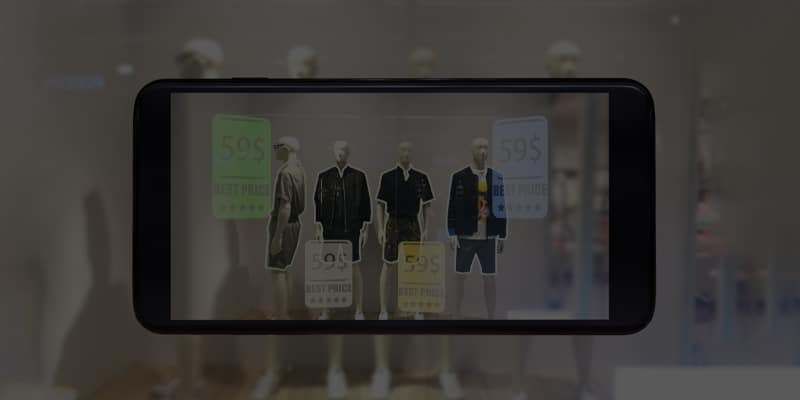Do you ever stop to think why e-commerce is rapidly gaining popularity with retailers as a go-to platform to capitalize on their target audience at the lowest cost? On one hand, computer algorithms have enabled big data analytics to track the entire buying journey of customers at every step of the AIDA funnel: awareness, interest, desire, and action. On the other hand, online retailers can leverage this data to carefully create targeted campaigns for the relevant audience depending on which stage of buying journey a prospective customer is at. Technology, therefore, is irrefutably the key to nurturing customer-business relationships and building brand loyalty.
Luckily, in-store digital transformation is not a distant reality for brick-and-mortar stores anymore which means that traditional retailers can easily bank on data insights to enhance profitability. Thus, technology is essential to enhance the customer journey and business profitability not just for e-commerce but also can go a long way for traditional retail businesses.
As brick-and-mortar businesses adopt digital retail technologies such as integrated POS systems and footfall analytics solutions, they can learn lessons from the e-commerce industry on how to manipulate data to enhance in-store sales and conversion.












